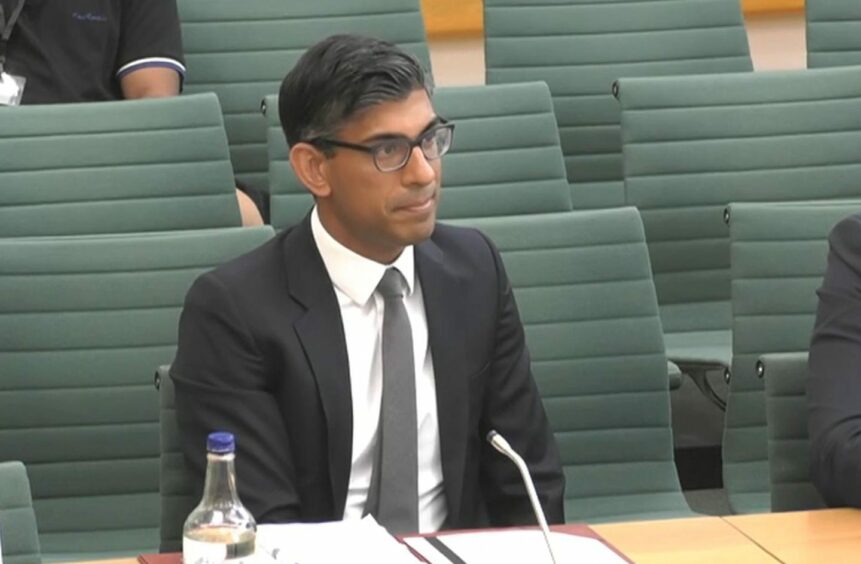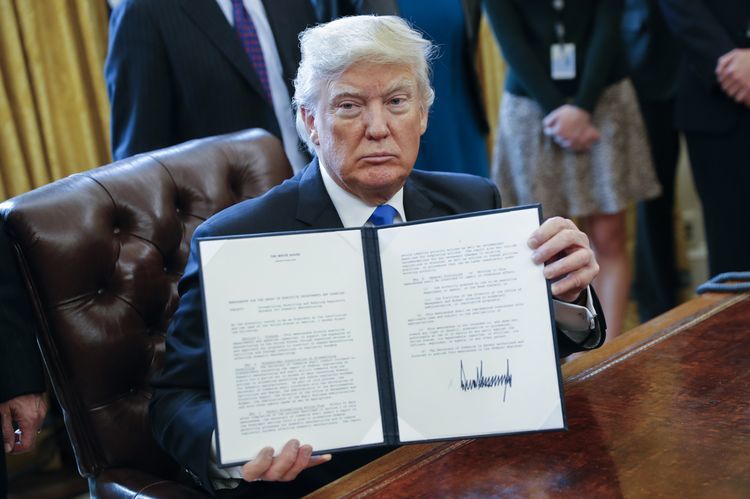
Chancellor Rishi Sunak has said the government’s windfall tax measures are likely to fall away if oil prices sink below $70 per barrel.
Questioned during a Treasury Committee hearing on Monday afternoon regarding the government’s recent efforts to ease the rising cost of living, Mr Sunak said he had taken a “pragmatic approach” to the levy imposed on oil and gas profits.
Government guidance says the measures will be “phased out” when oil and gas prices return to “historically more normal levels”, while a “sunset clause” will ensure the close of the policy at the end of December 2025.
Asked for further clarity on what “historically normal” means, Mr Sunak said: “I think that if you look at the average Brent price over the last, say, five or 10 years, that would give you a number of something like $60 or $70 oil.”
He noted that gas prices would also have to be factored into Treasury’s discussions with industry.
Explaining the rationale, Mr Sunak said these benchmarks were also in the range given by oil producers to their shareholders when communicating what they consider to be “normal prices.”
The Chancellor said he remained in active discussions with the industry about what the level should be.
As of Tuesday morning, Brent crude prices stood at around $120 per barrel, while NBP gas prices were around 150p per therm.
Unveiled at the end of May, the Energy Profits Levy aims to raise around £5 billion in revenue over the next year, by increasing the current headline rate of tax on oil and gas producers from 40% to 65%.
In addition, it includes a near-doubling of the investment allowance to 80% which, on top of other measures, means firms can get 91 pence back per £1 spent for a total relief rate of 91.25%.
“To provide reassurance that this is not meant to be a permanent feature of the tax regime, there will be a sunset clause of just over three years in the legislation itself as a backstop,” Mr Sunak told the committee.
“But obviously, if prices come back to the range that I’ve discussed, then you would expect this to fall away sooner.”
The price estimates chime with those suggested by analysts last week.
Ashley Kelty, senior research analyst at investment bank Panmure Gordon, told Energy Voice that while he suspected the levy would likely remain in place until the 2025 end date, a five-year average of Brent prices would give a suggest a normalised oil price of around $65/bbl, or around 50-60p/th for gas.
If the measures remain in place until the sunset clause date, it could see a total of £17.5 billion taken from oil and gas firms, according to Aberdeen and Grampian Chamber of Commerce policy director Ryan Crighton.
“This levy has no incentive to invest in low carbon technologies and no clarity around what constitutes a high oil price, which suggests an intent to keep it in place until the sunset clause kicks in,” he said last week.
“By then, £17.5bn could have been taken out of the industry at a crucial point in our net zero journey.
“We’ve well and truly shot ourselves in the foot.”
However, Treasury strategy director Dan York-Smith told the committee that the models the department has run suggest the allowance will have “a net positive impact on investment”.
Mr Sunak added: “The OBR (Office for Budget Responsibility) will no doubt publish their own analysis when they next do the forecasts, but using the standard models that we have, and expected behavioural responses, we expect this to not have a significantly negative impact on investment. It may well be that it increases it.”
Recommended for you
